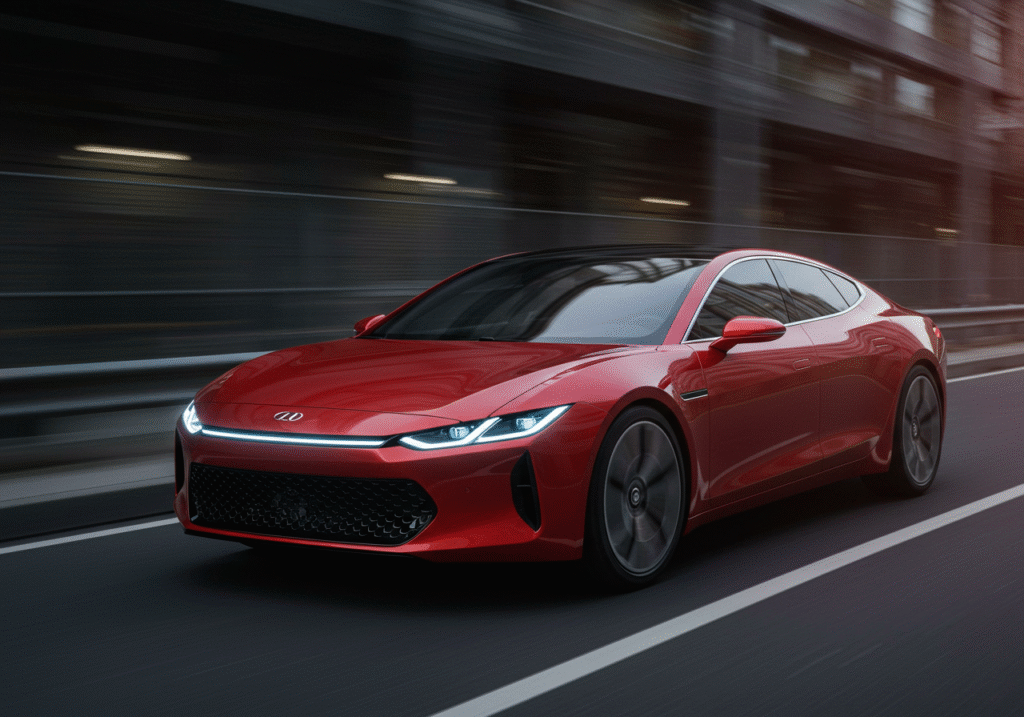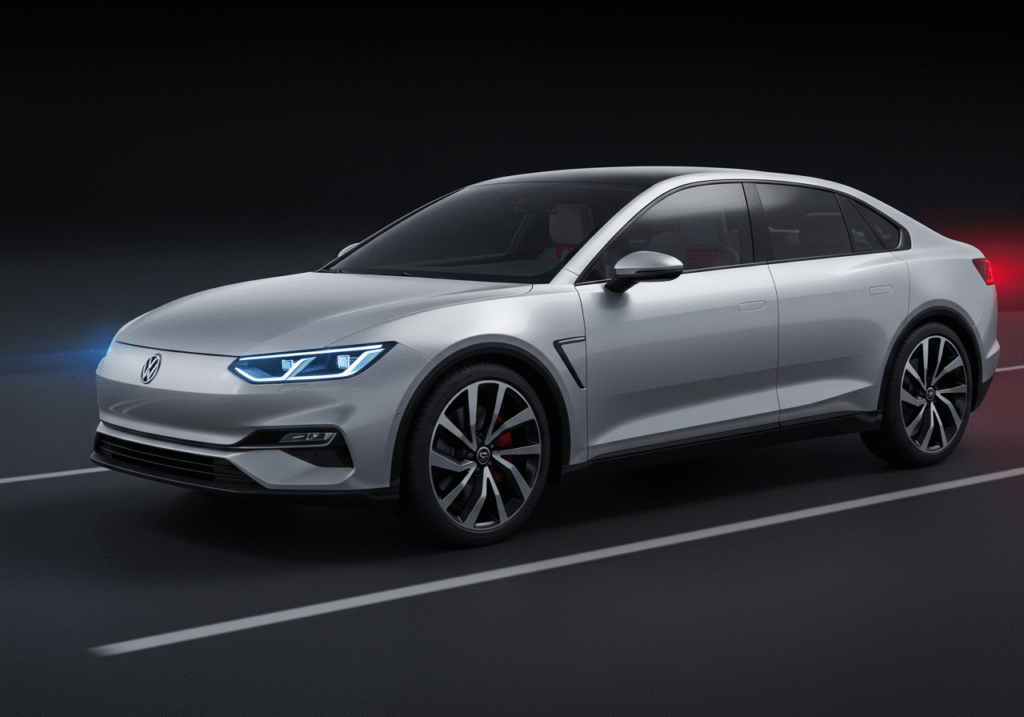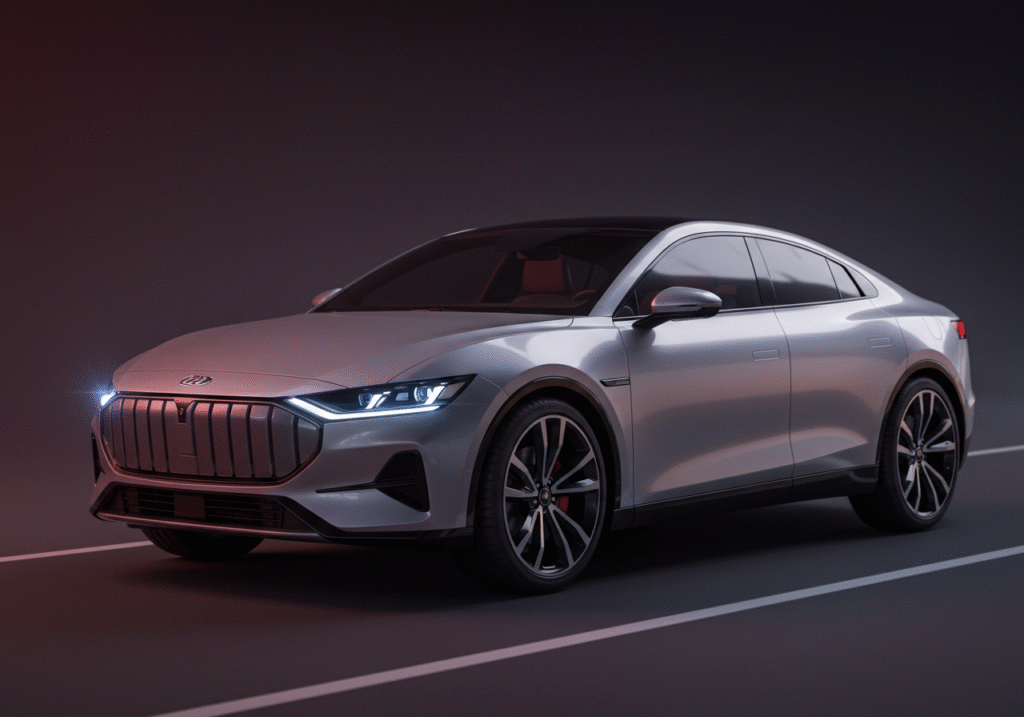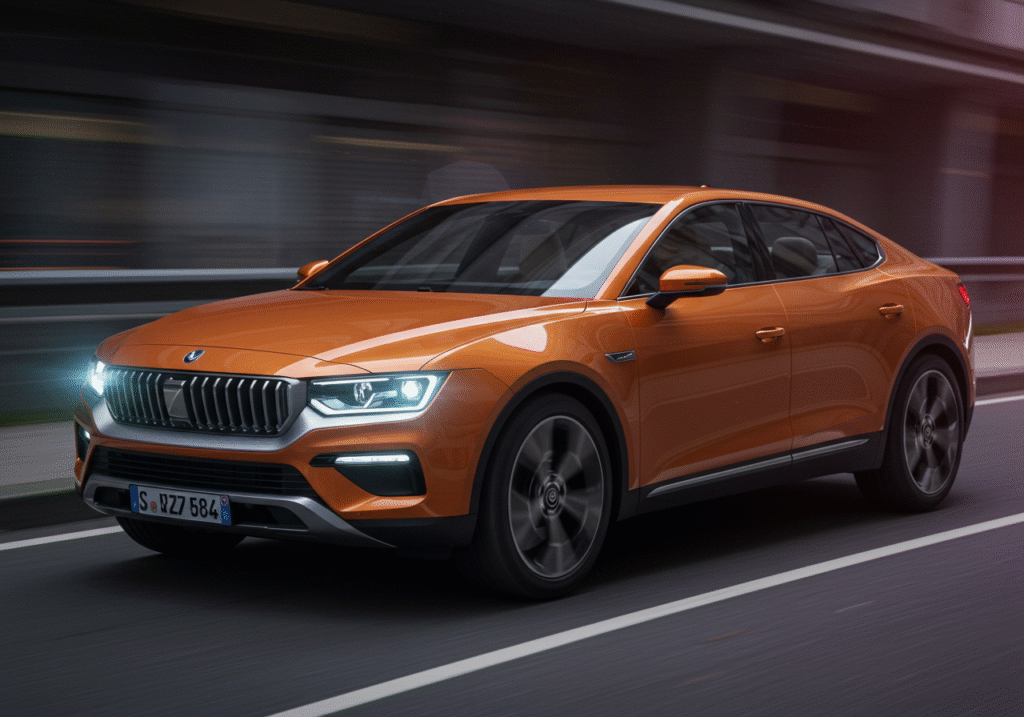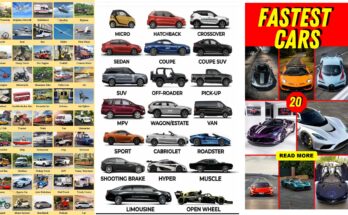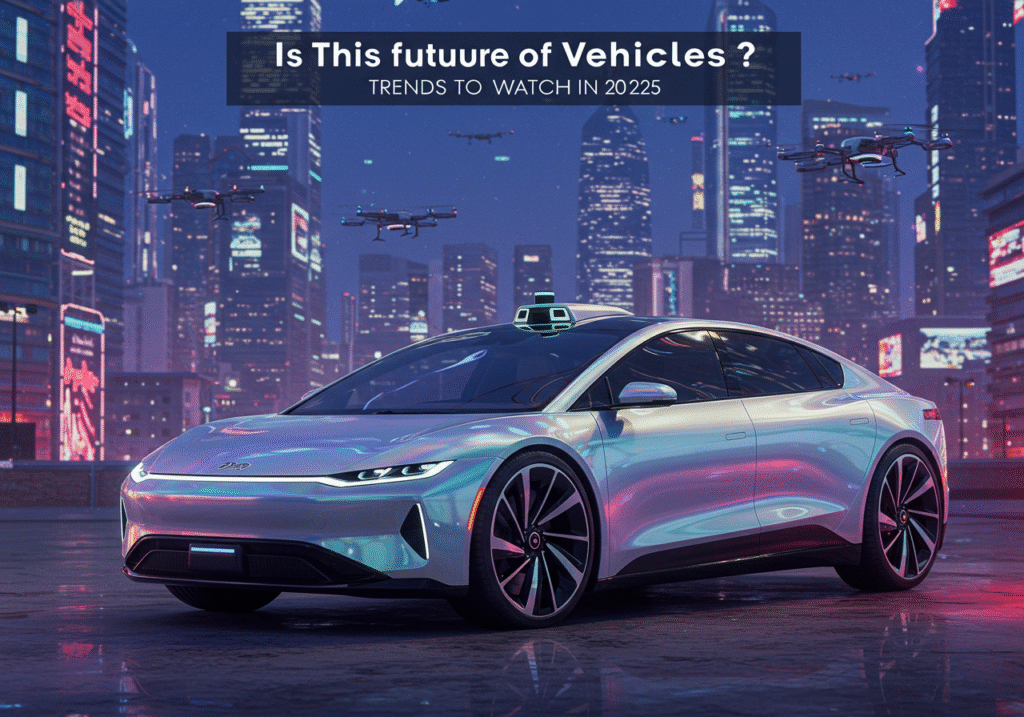
The automotive industry has never been static, but in 2025, we find ourselves at the most transformative crossroads in over a century. Technology is accelerating at breakneck speed, environmental urgency is reshaping manufacturing goals, and consumer behavior is evolving along with a more connected, digital world. The future of vehicles is no longer just about horsepower or handling—it’s about intelligence, sustainability, and adaptability.
So what does the immediate future hold? Let’s explore the key trends shaping the vehicles of 2025 and beyond—some already in motion, others poised to reshape the entire concept of what it means to drive (or be driven).

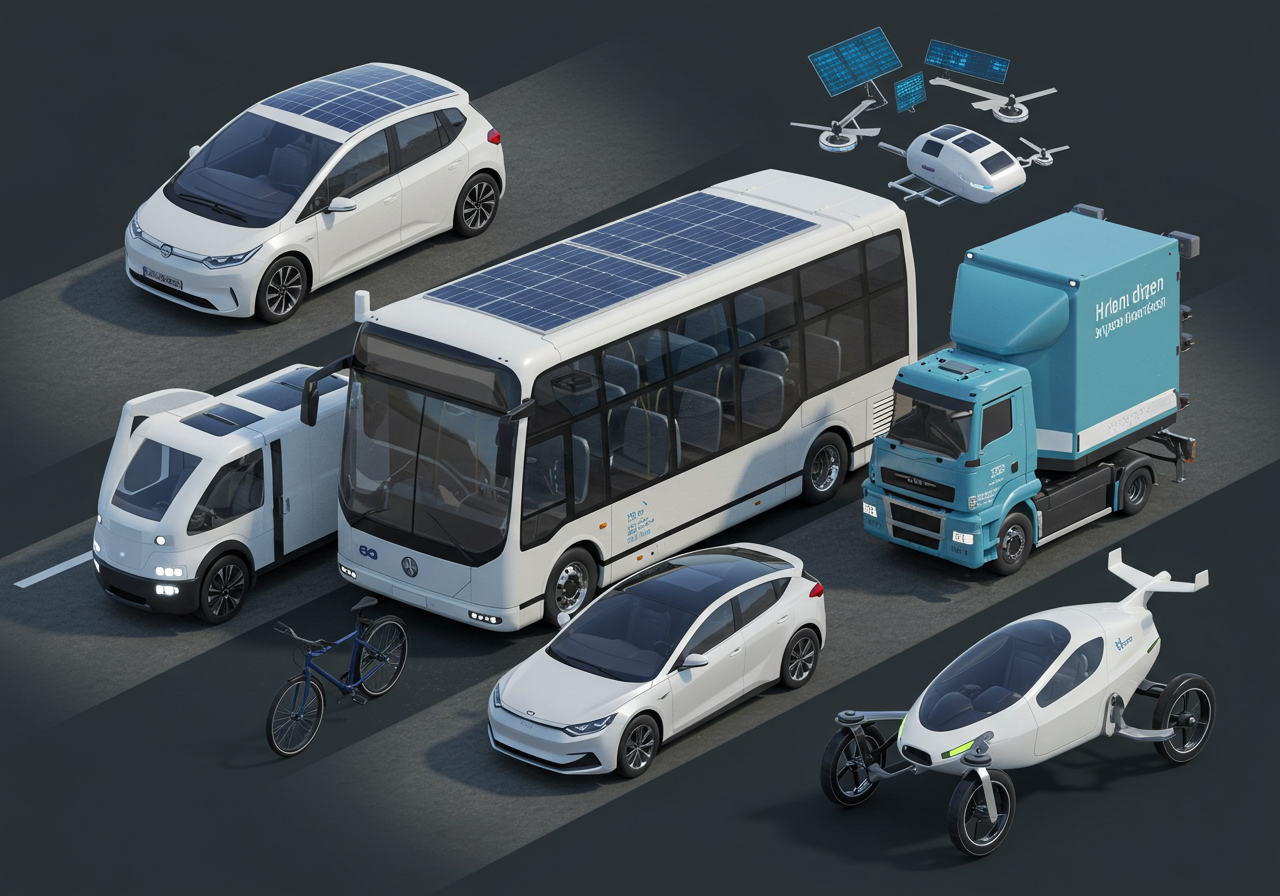
1. Mainstream Electrification Is Here to Stay
By 2025, electric vehicles (EVs) are no longer just a niche market—they’re rapidly becoming the new normal. Governments across Europe, Asia, and North America have tightened emissions regulations, with some cities implementing zero-emission zones that only allow electric cars.
What’s Driving This Trend?
- Policy and Regulation: Incentives and bans on internal combustion engines (ICE) are pressuring automakers to electrify.
- Battery Tech Improvements: EVs in 2025 commonly achieve 300-500 miles of range, with rapid charging times under 20 minutes.
- Falling Costs: Battery prices have dropped significantly, making EVs price-competitive with gas vehicles in many markets.
What to Watch
- Tesla’s continued dominance with the Cybertruck and updated Model 3
- Ford, GM, and Hyundai expanding their EV lineups
- China’s BYD making aggressive global moves
- Solid-state battery breakthroughs that could double range
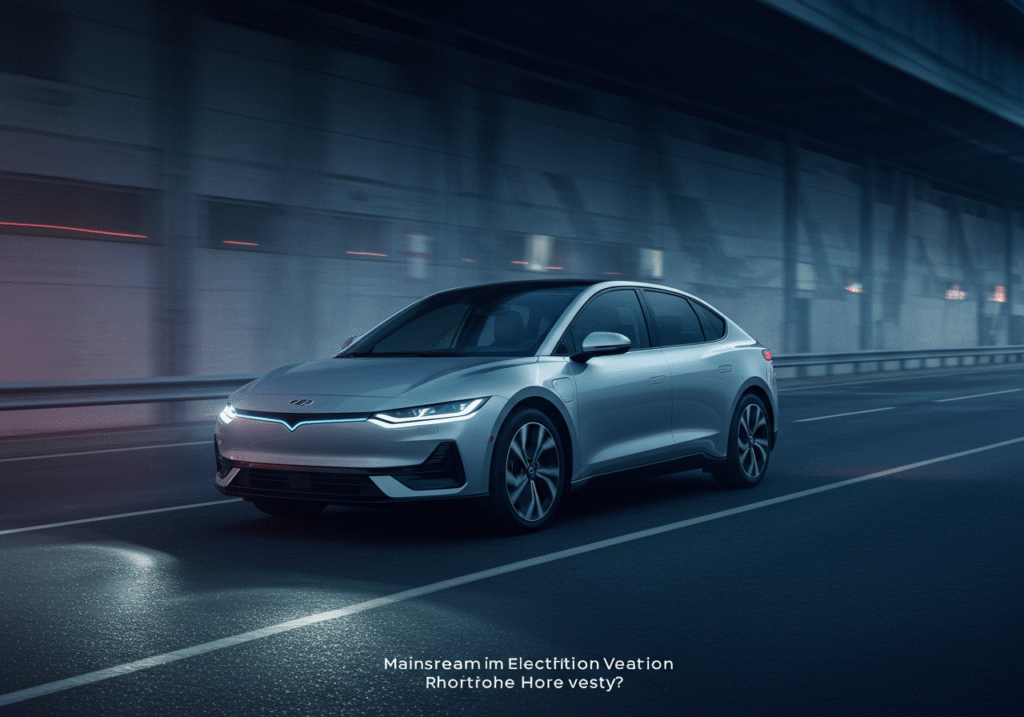
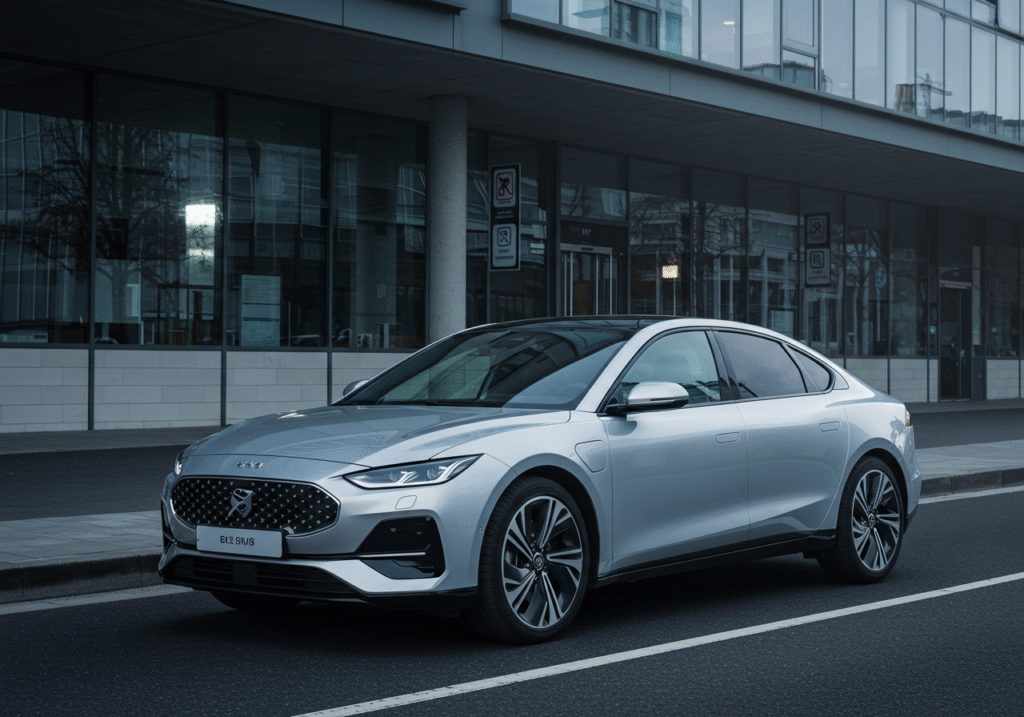
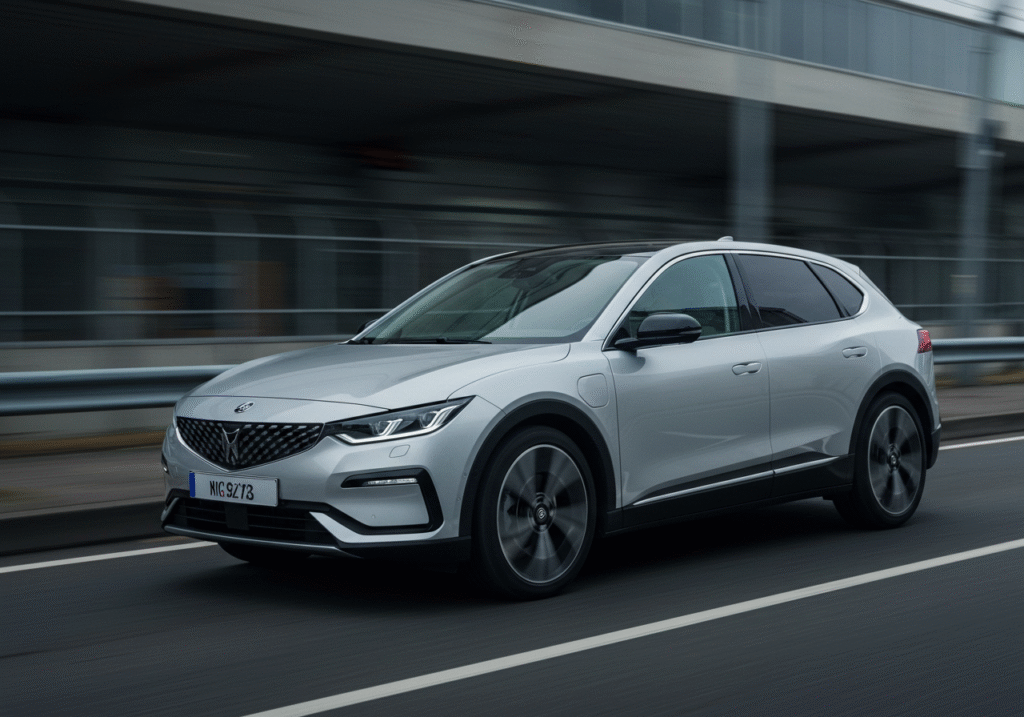
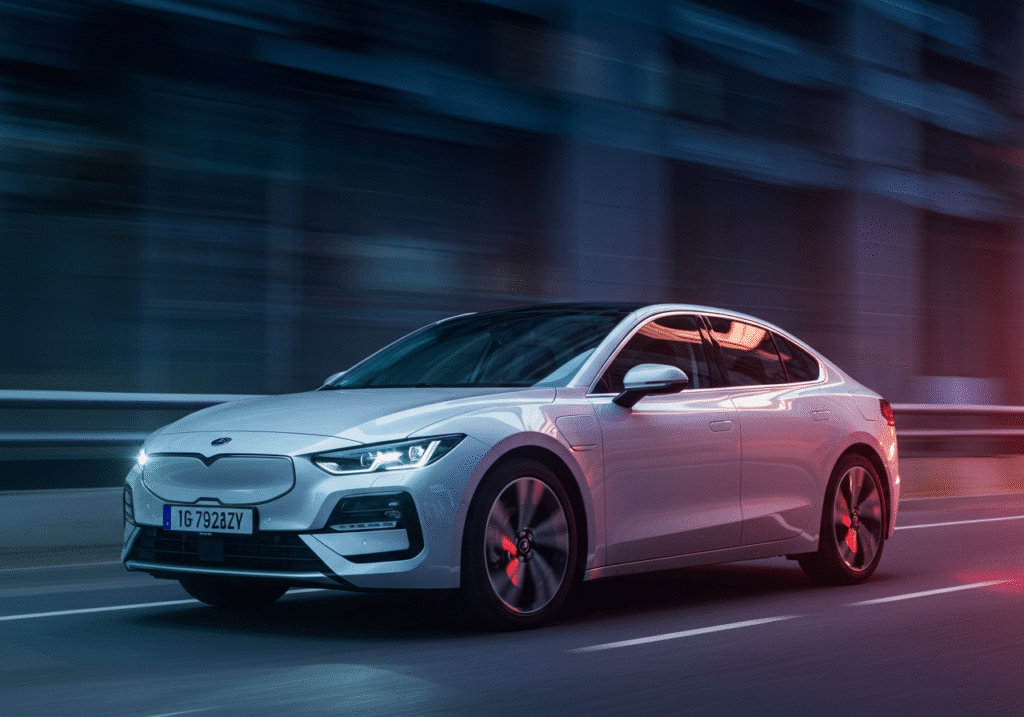
2. Connected Vehicles Are Becoming the Norm
In 2025, your car doesn’t just drive—it talks, thinks, and learns. The average vehicle now features integrated AI, real-time connectivity, and over-the-air (OTA) updates.
Connected Features You’ll See:
- Real-time traffic rerouting
- Remote diagnostics and predictive maintenance
- Personalized infotainment systems
- V2X (Vehicle-to-Everything) communication—cars that talk to traffic lights, other vehicles, and infrastructure
Why It Matters
This shift transforms the car into a platform, much like your smartphone. Automakers are even generating revenue post-sale through subscriptions for features like advanced driver assist or upgraded navigation systems.
Trendsetters
- Tesla’s FSD updates and feature unlocks
- Mercedes-Benz’s AI-powered infotainment
- Google and Apple battling for dashboard dominance
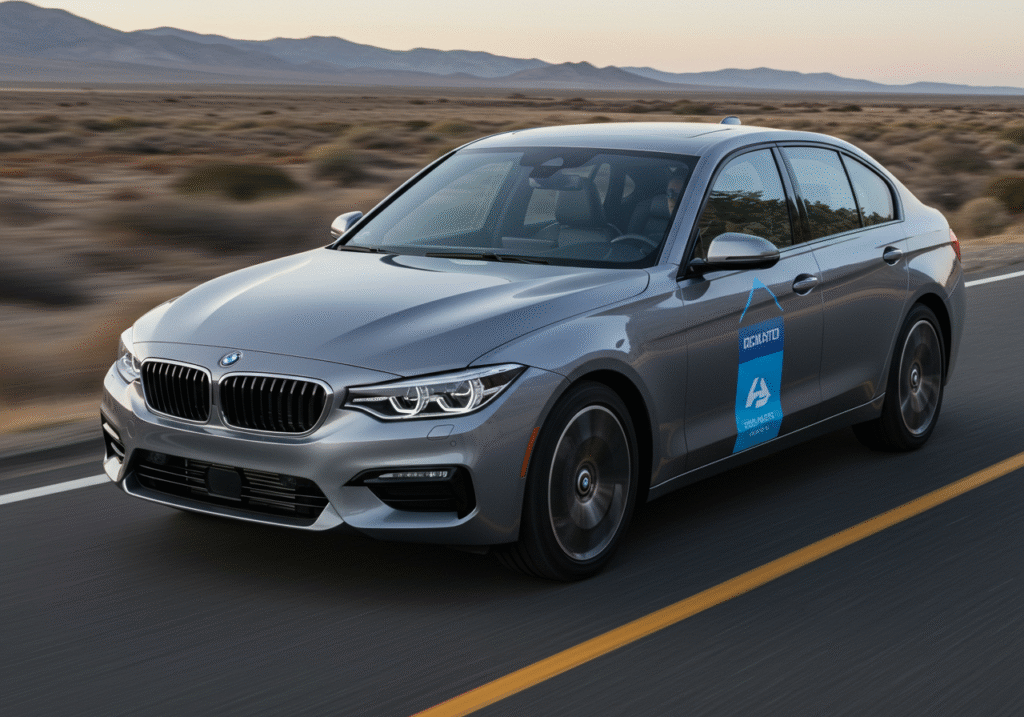
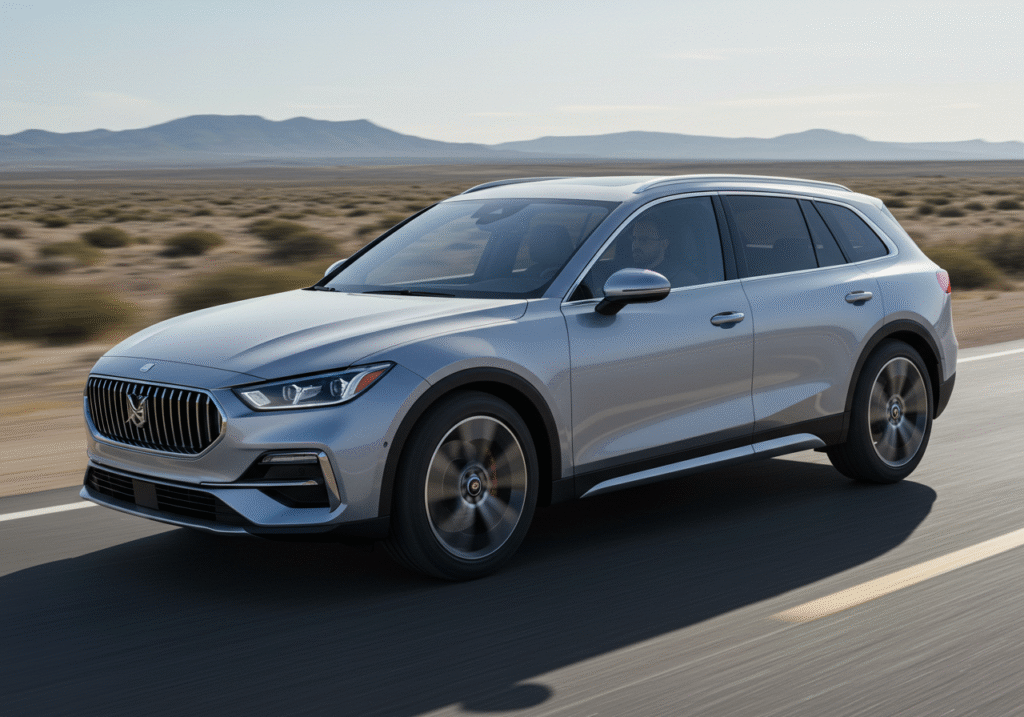
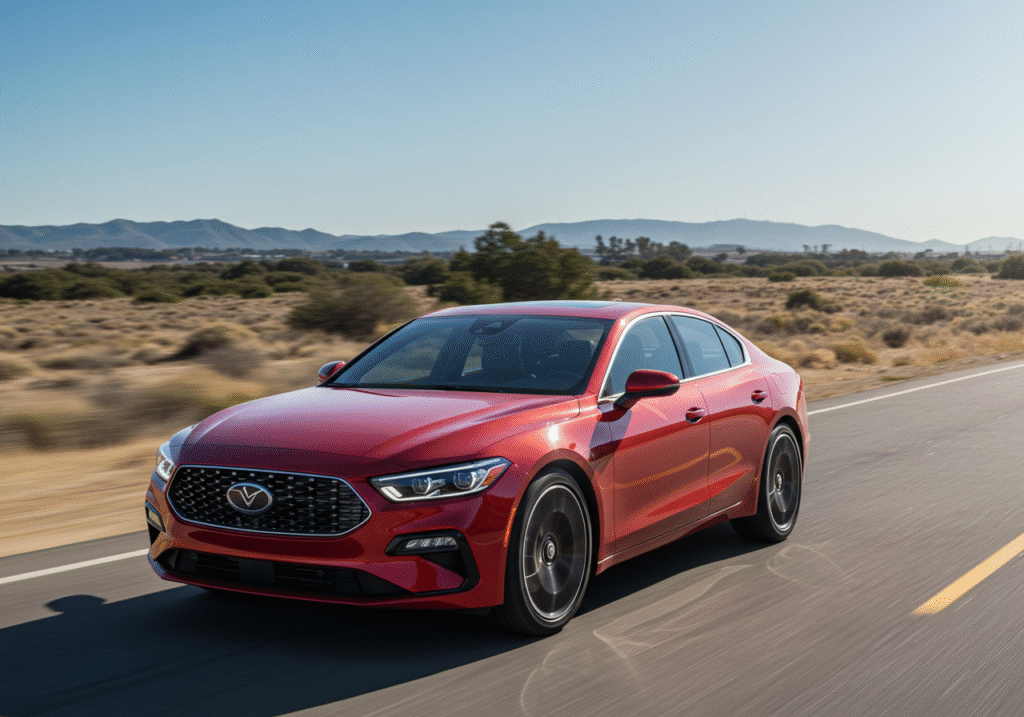
3. Autonomous Vehicles Are Evolving—Cautiously
Fully self-driving cars aren’t widespread on public roads just yet, but Level 3 autonomy—where the car can drive itself under certain conditions—is gaining ground in 2025.
Current Progress:
- Waymo, Cruise, and Baidu are operating autonomous fleets in select urban areas.
- Mercedes’ Drive Pilot offers hands-free driving on highways in some regions.
- Tesla’s FSD Beta continues to improve, though it’s still classified as Level 2.
Challenges
- Complex city environments are still tough for AVs to navigate.
- Legal and ethical frameworks are still developing.
- Consumer trust remains cautious.
The Outlook
While we won’t all be chauffeured by robots just yet, autonomy is steadily creeping into daily life. Expect more cars to offer hands-free driving on highways, intelligent parking, and autonomous delivery services.
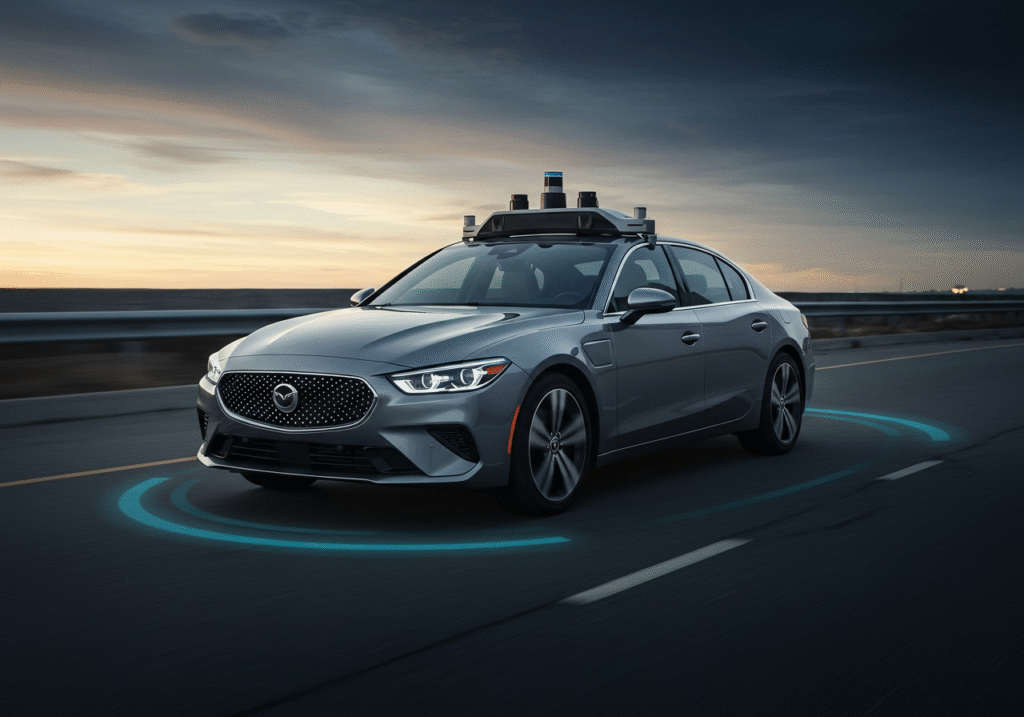
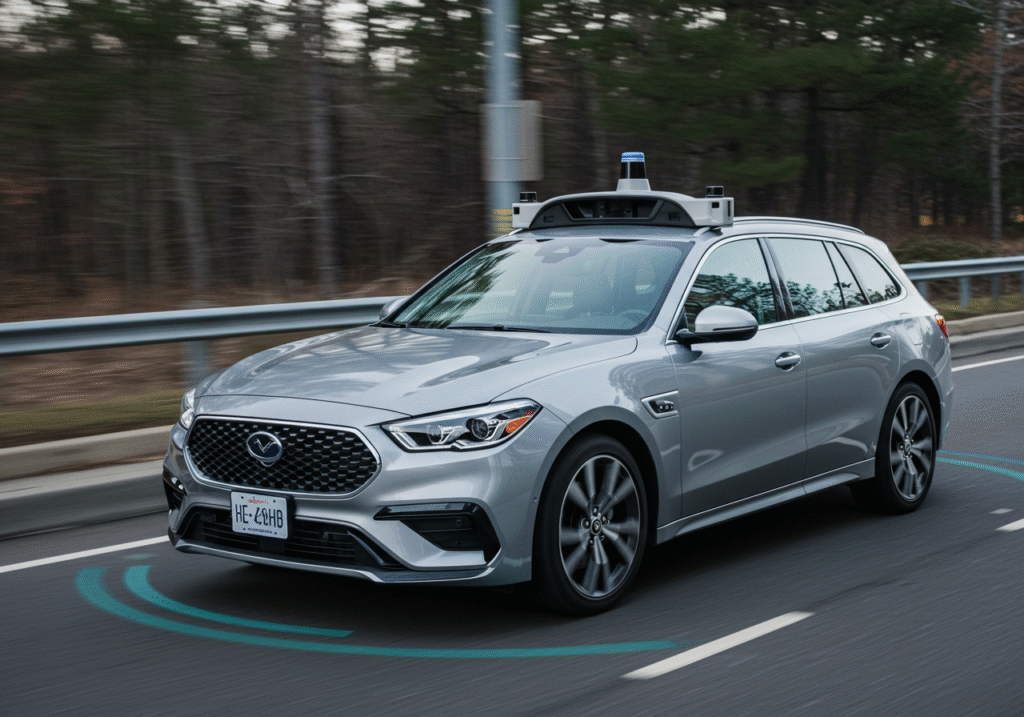
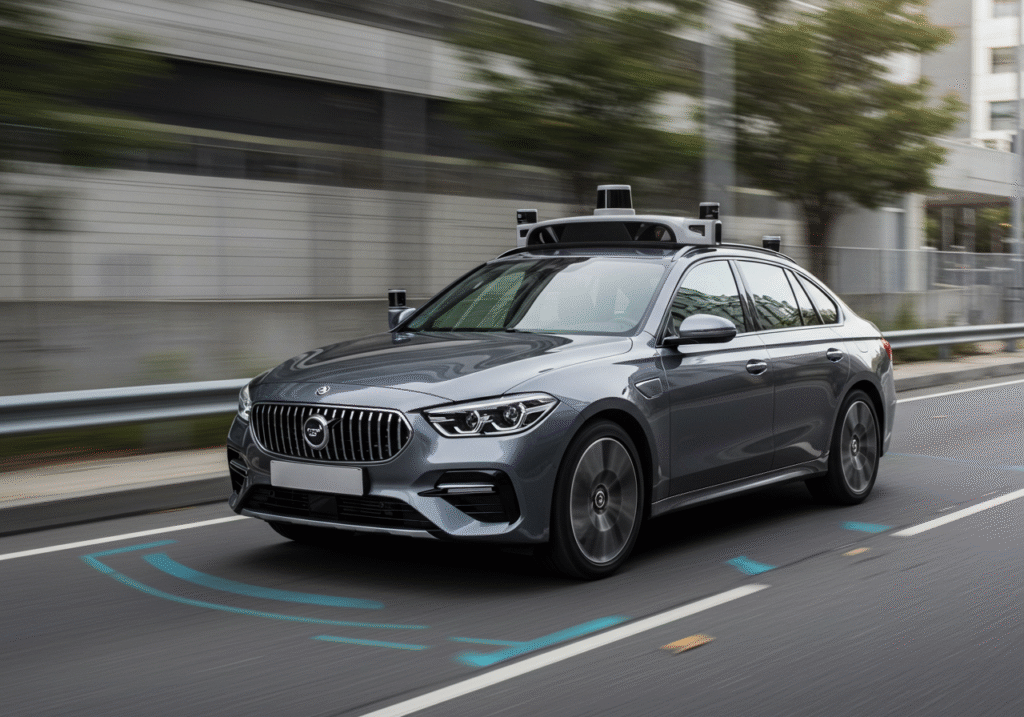
4. Sustainability is Redefining Manufacturing
It’s not just about how a car drives—it’s about how it’s made. Automakers in 2025 are under pressure to reduce their entire carbon footprint, not just tailpipe emissions.
Key Developments
- Recycled materials: Interiors made of ocean plastic, plant-based leathers, and sustainable textiles.
- Green factories: Brands like Volvo, BMW, and Polestar now operate carbon-neutral or carbon-negative manufacturing facilities.
- Battery recycling: Closed-loop systems to reuse lithium, nickel, and cobalt.
Why It Matters
Eco-conscious consumers are increasingly demanding transparency about sourcing and sustainability. Certifications, life cycle assessments, and ethical supply chains are now part of the purchasing decision.
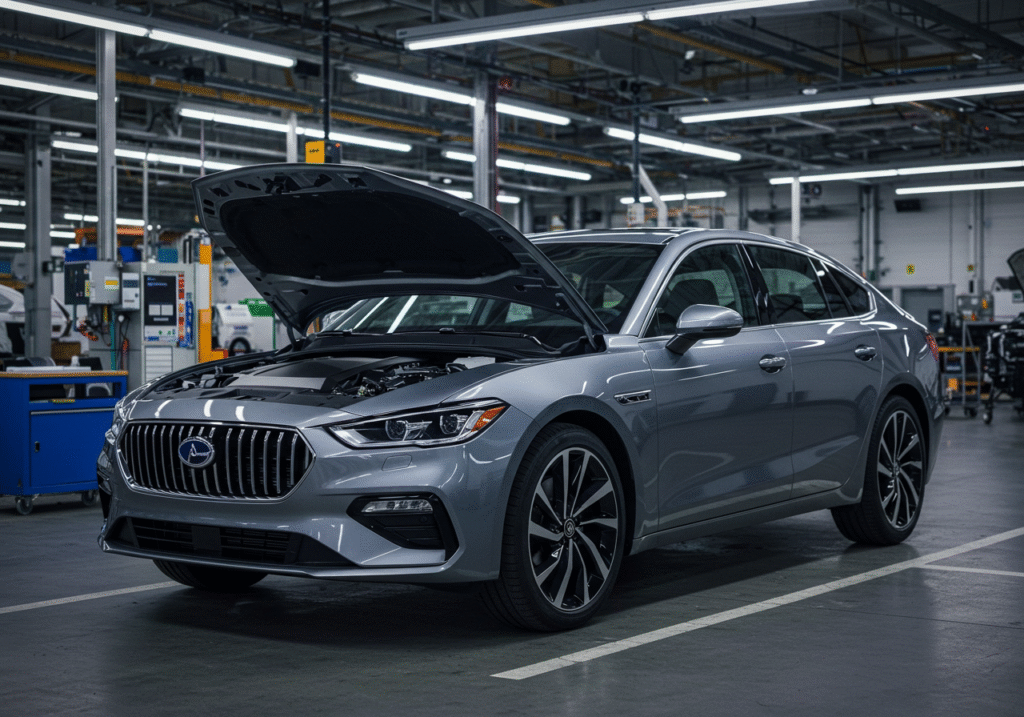
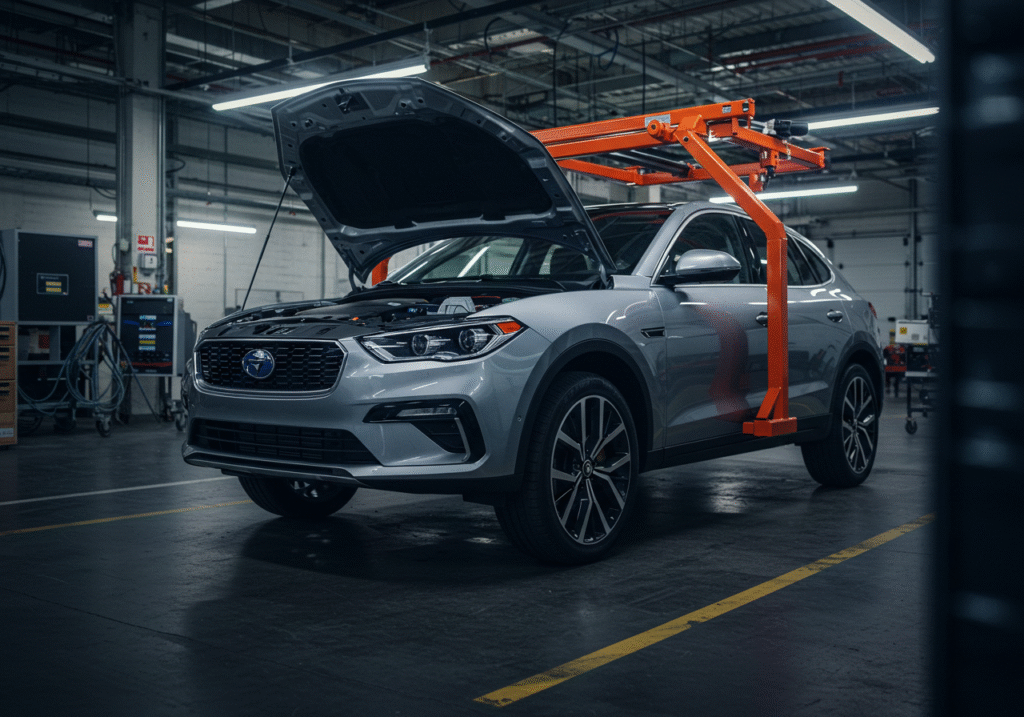
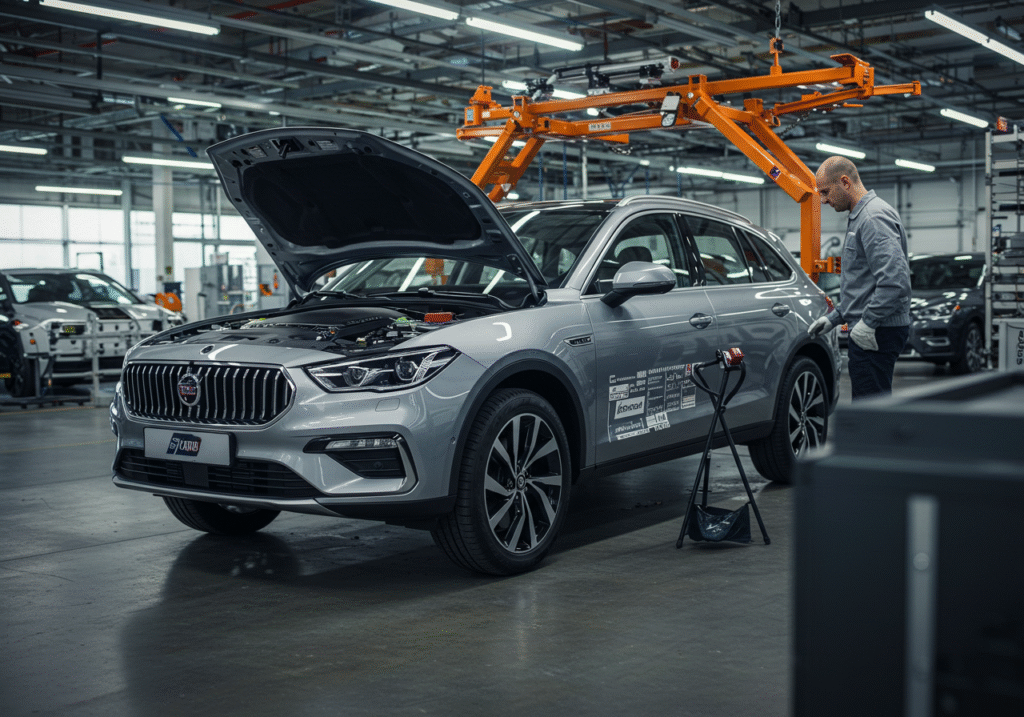
5. Software-Defined Vehicles
In 2025, cars are less mechanical and more digital. Enter the software-defined vehicle (SDV)—a car where most functions, from acceleration to climate control, are governed by code.
Key Features of SDVs
- OTA updates for everything from performance to UI
- Modular upgrades: Buy a base model, add performance or entertainment features later
- Third-party apps on infotainment screens (navigation, gaming, productivity)
Who’s Leading?
- Tesla pioneered this approach, but now GM (with Ultifi), Volkswagen (with Cariad), and Toyota are investing heavily in SDV architecture.
- Qualcomm, NVIDIA, and Intel are competing to power the brains of tomorrow’s cars.
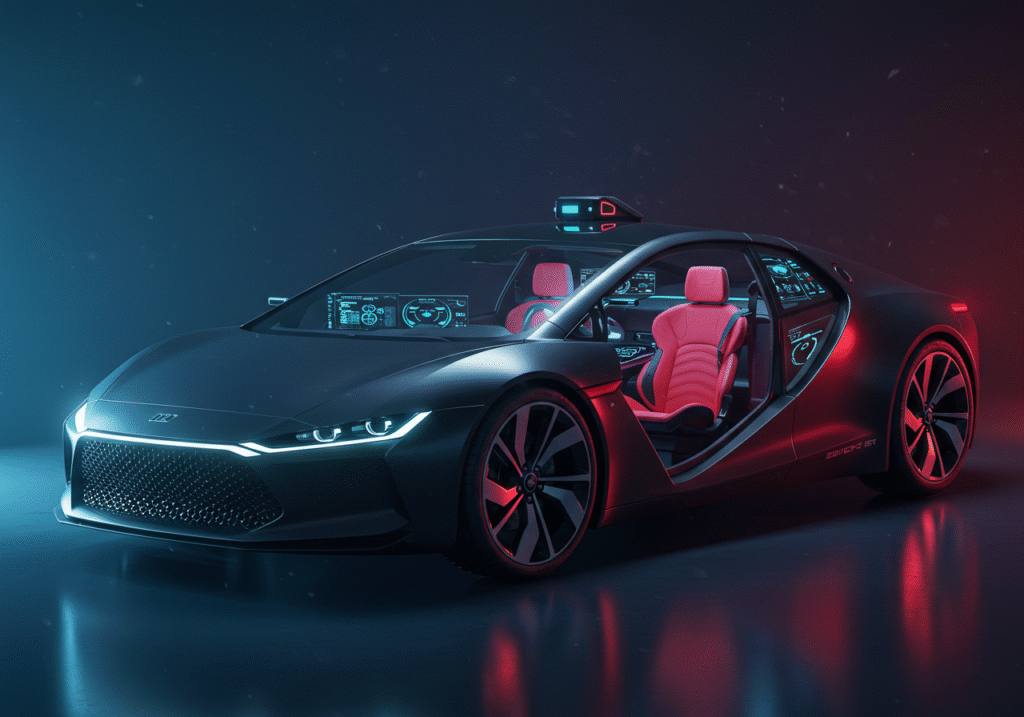
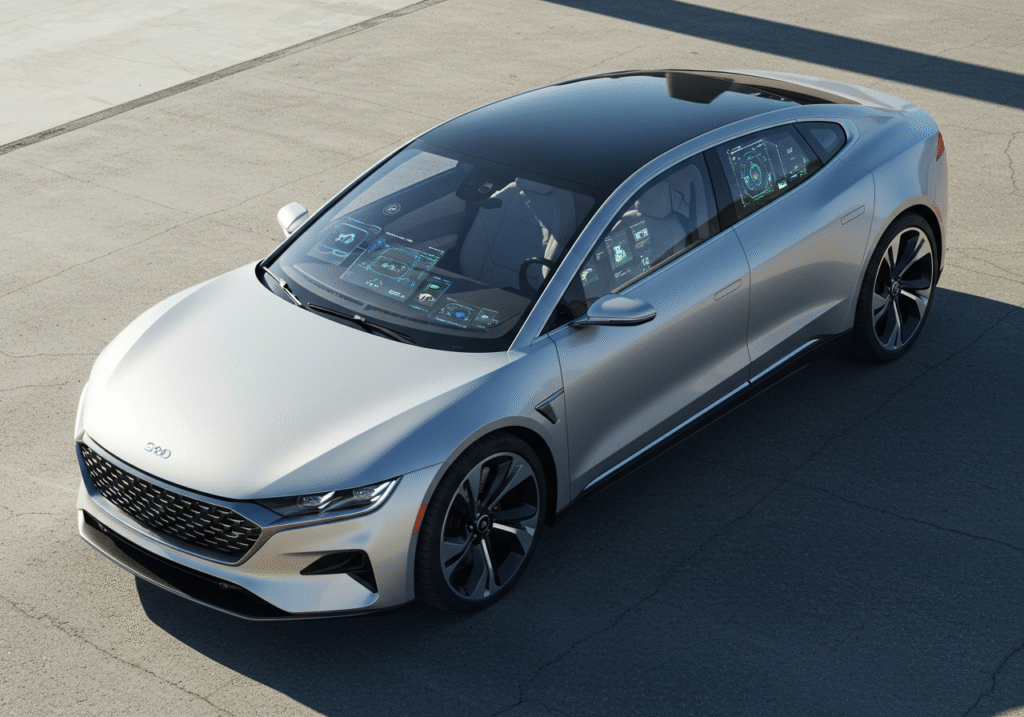
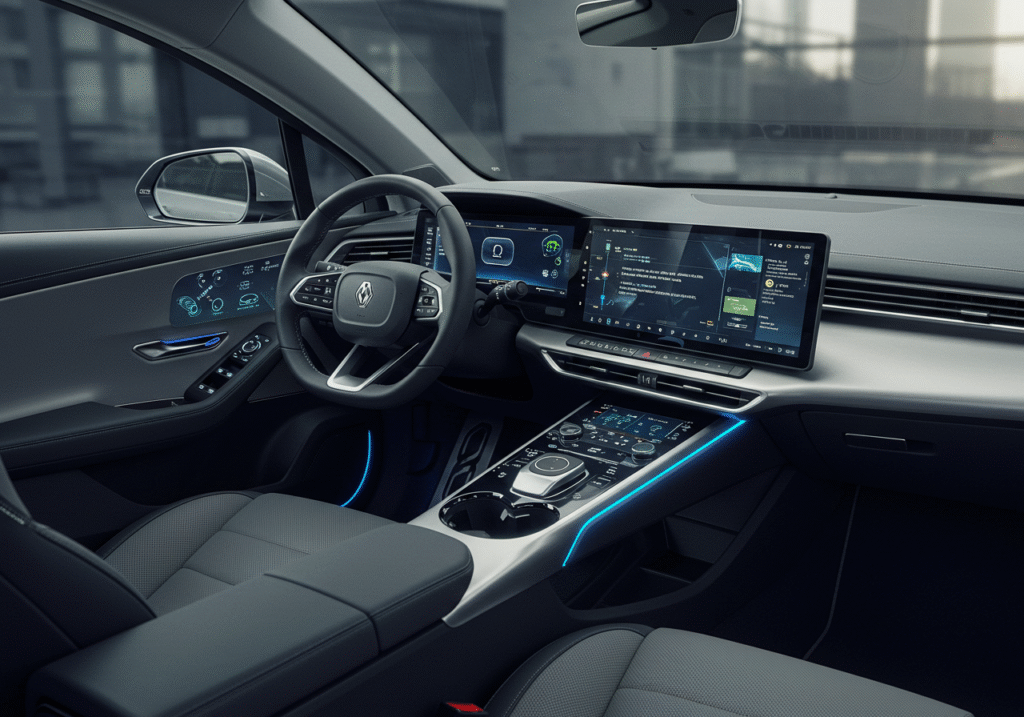
6. The Rise of Electric Pickups and SUVs
2025 is the year when electric trucks and SUVs dominate headlines, with multiple entries across price points and performance tiers.
Headliners
- Tesla Cybertruck: Finally released with bold design and utility
- Ford F-150 Lightning: A top-seller in the electric pickup space
- Chevy Silverado EV and Ram 1500 REV: High range and high capability
- Kia EV9 and Hyundai Ioniq 7: Mass-market three-row electric SUVs
Why Now?
- Larger battery packs = longer range
- Improved charging infrastructure makes road trips viable
- Fleet customers (delivery, work trucks) are adopting EVs for cost savings
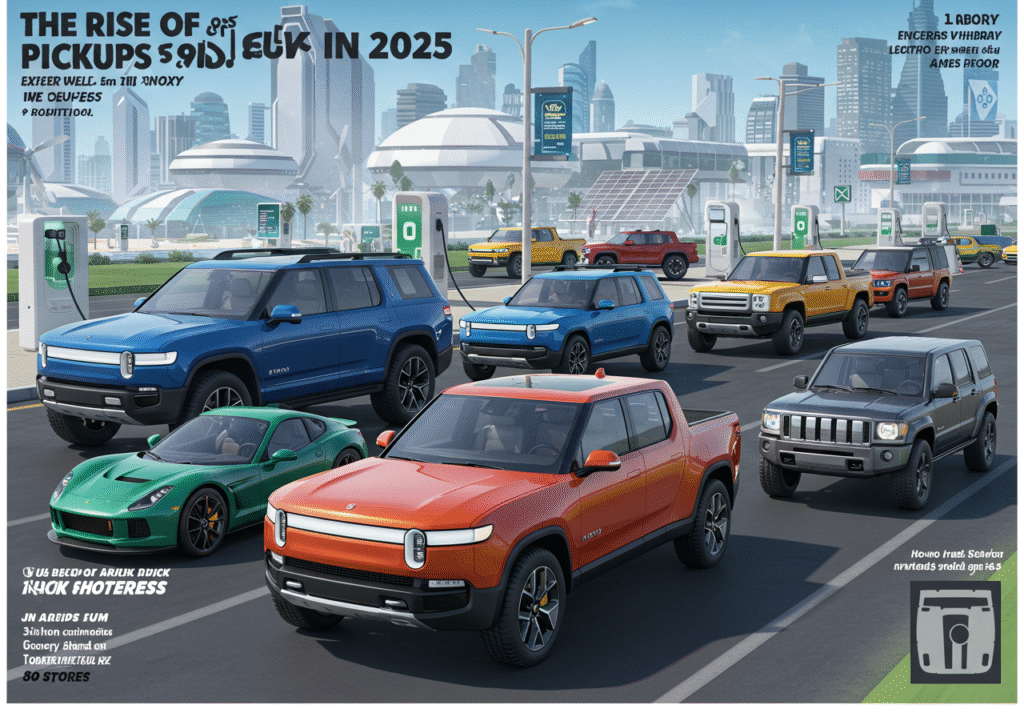
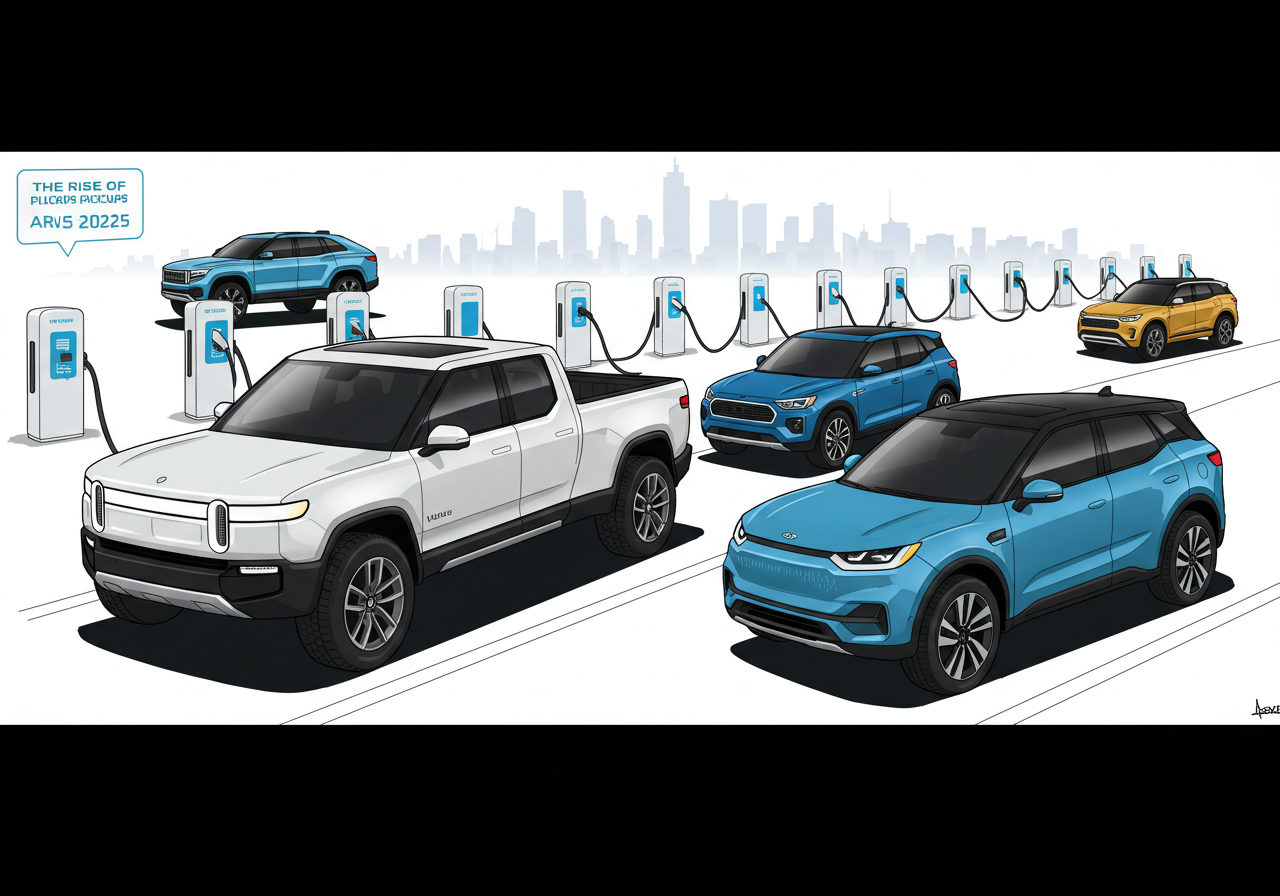
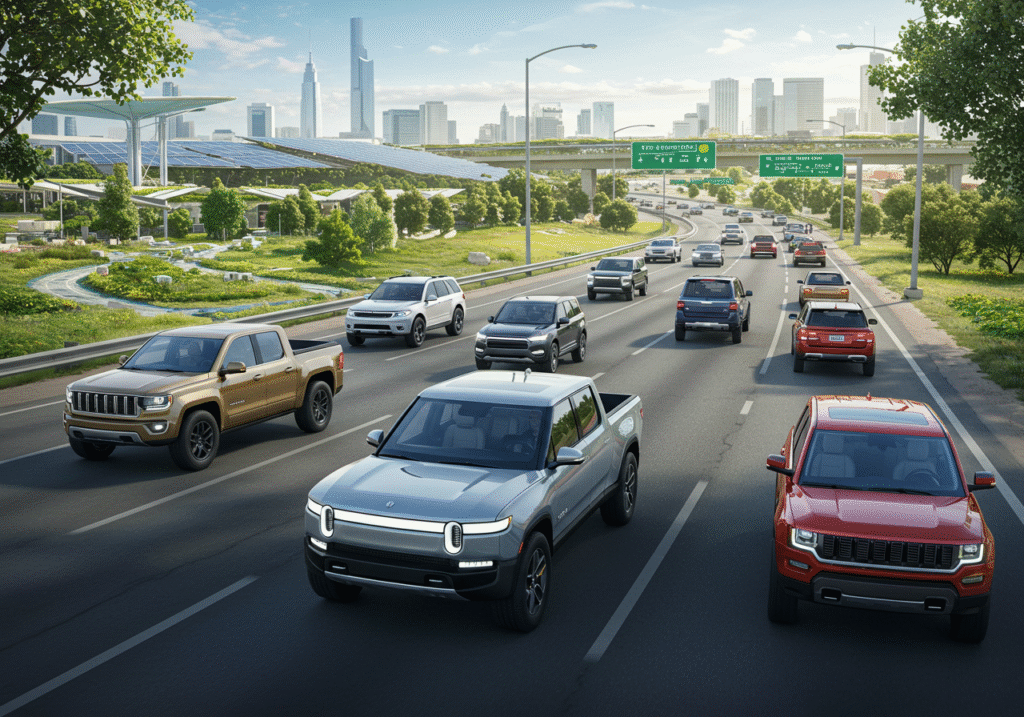
7. Subscription Services and On-Demand Features
Just like streaming services changed music and TV, vehicle subscriptions are changing ownership models and features.
Examples
- BMW and Mercedes-Benz offering monthly fees for heated seats or advanced driving aids
- Porsche Drive and Care by Volvo offering car subscriptions with insurance and maintenance included
- Tesla charging for performance boosts or full self-driving access post-purchase
Consumer Reaction
While convenient, the trend is controversial. Some consumers balk at “pay-to-unlock” features that are physically installed but software-restricted. Regulators in some regions are considering whether these practices are fair.
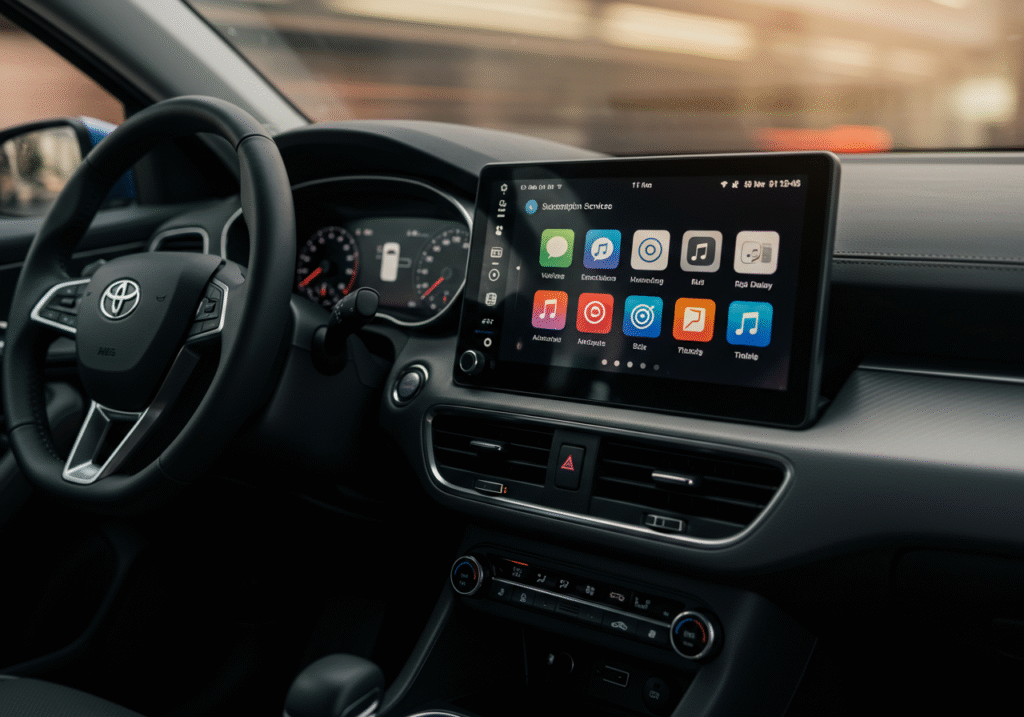
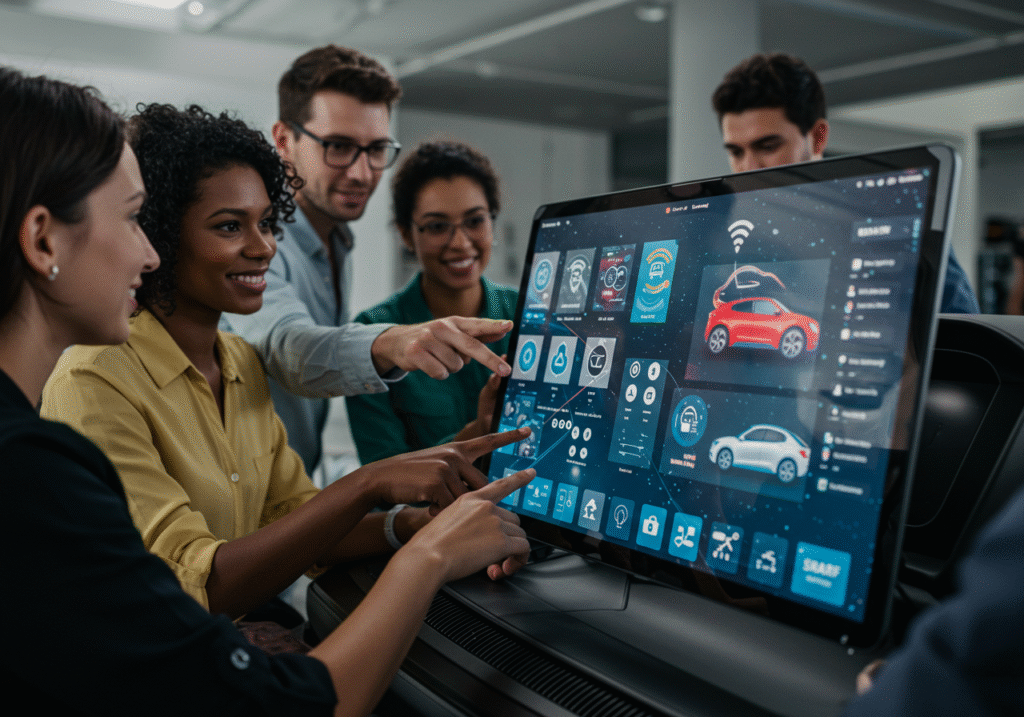

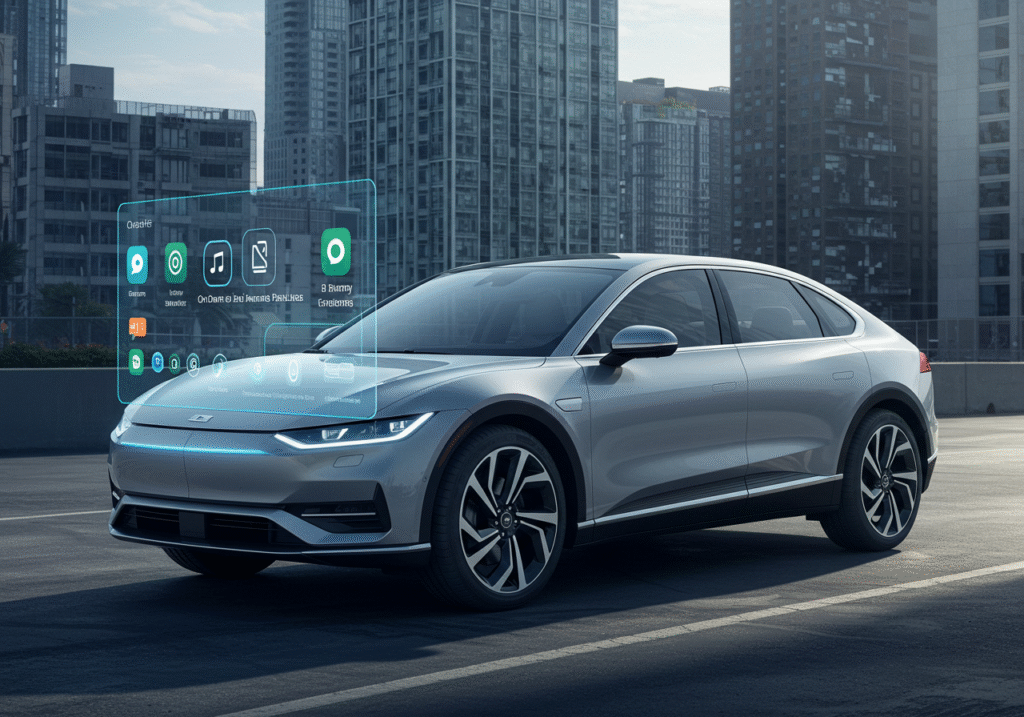
8. Enhanced In-Car Experiences
Vehicles in 2025 double as mobile entertainment centers, offices, and relaxation pods.
Innovations Include:
- AR Head-Up Displays: Show navigation, hazard alerts, and more projected onto the windshield.
- Immersive Audio: 3D sound systems and customizable audio zones.
- In-car gaming: Via cloud platforms like Xbox Cloud Gaming or NVIDIA GeForce Now.
- Digital assistants: With voice recognition that understands natural speech and adjusts settings accordingly.
Interior Design Trends
- Minimalist, lounge-style interiors
- Large, curved touchscreens and voice-first controls
- Sustainable materials with tactile luxury
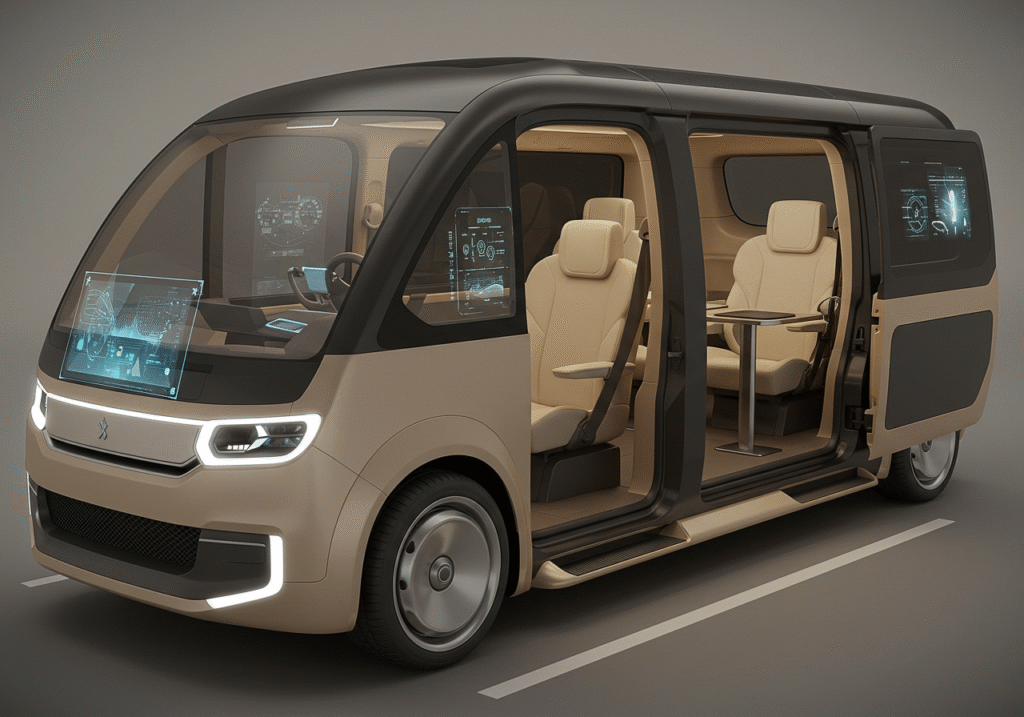
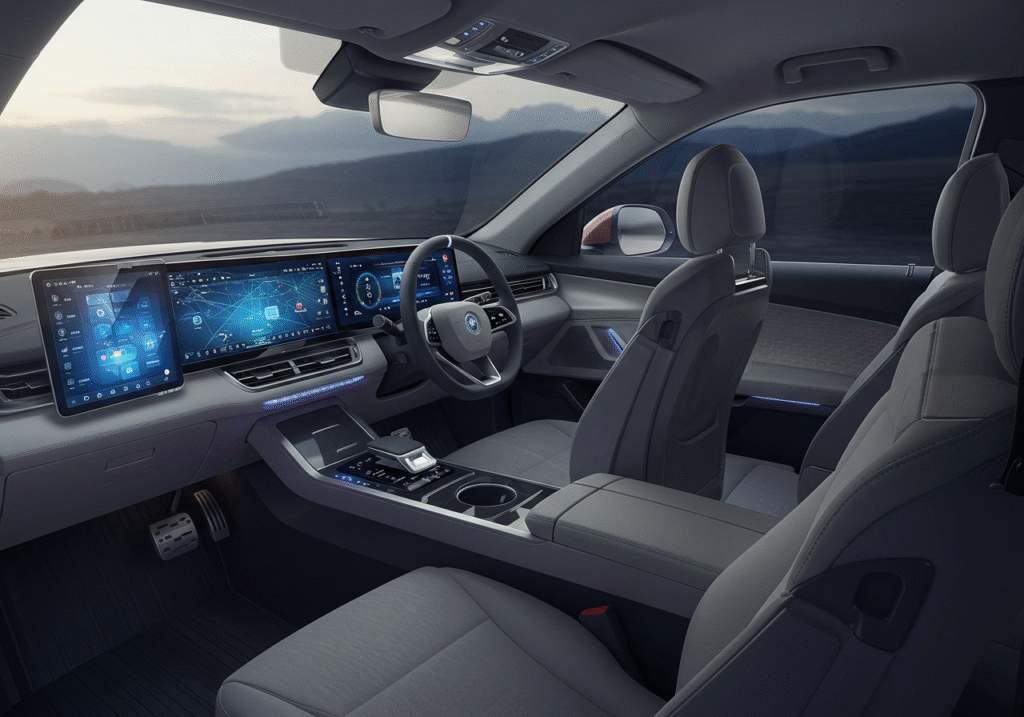
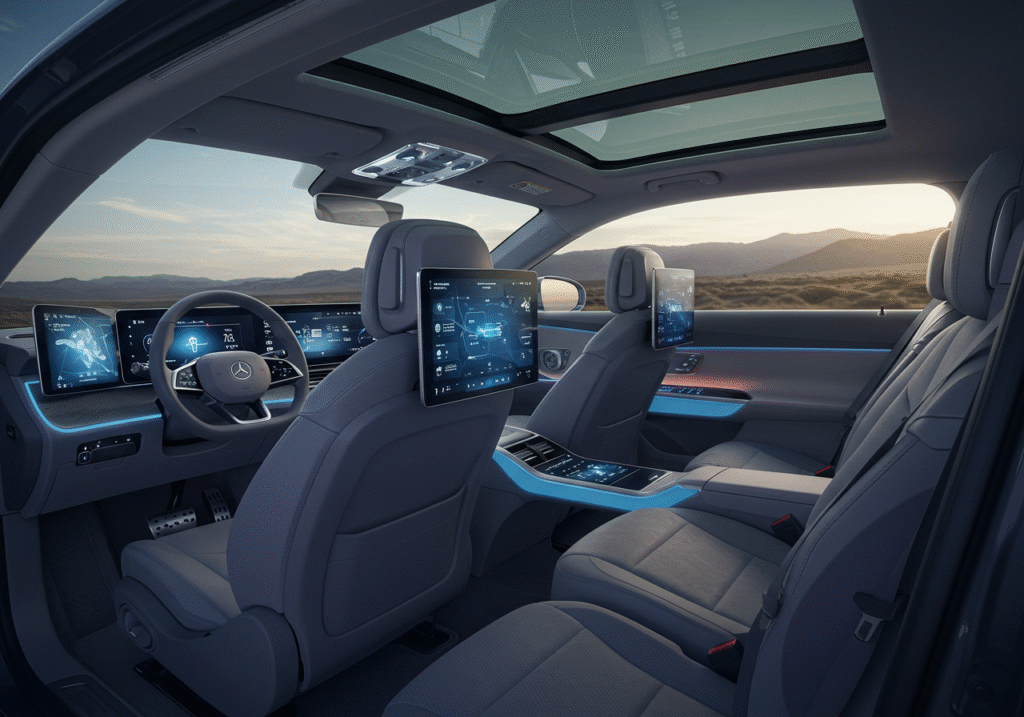
9. Urban Mobility and Micro-Transport
Not every future vehicle has four wheels. Urban areas in 2025 are booming with micro-mobility and modular transport solutions.
Key Developments:
- Electric scooters, e-bikes, and tiny EVs (like the Citroën Ami) for short-range travel
- Mobility-as-a-Service (MaaS) platforms integrating car-sharing, public transport, and micromobility
- Cities reconfiguring infrastructure for bike lanes, car-free zones, and shared spaces
This trend is redefining what we even consider a “vehicle,” particularly for younger, urban populations.
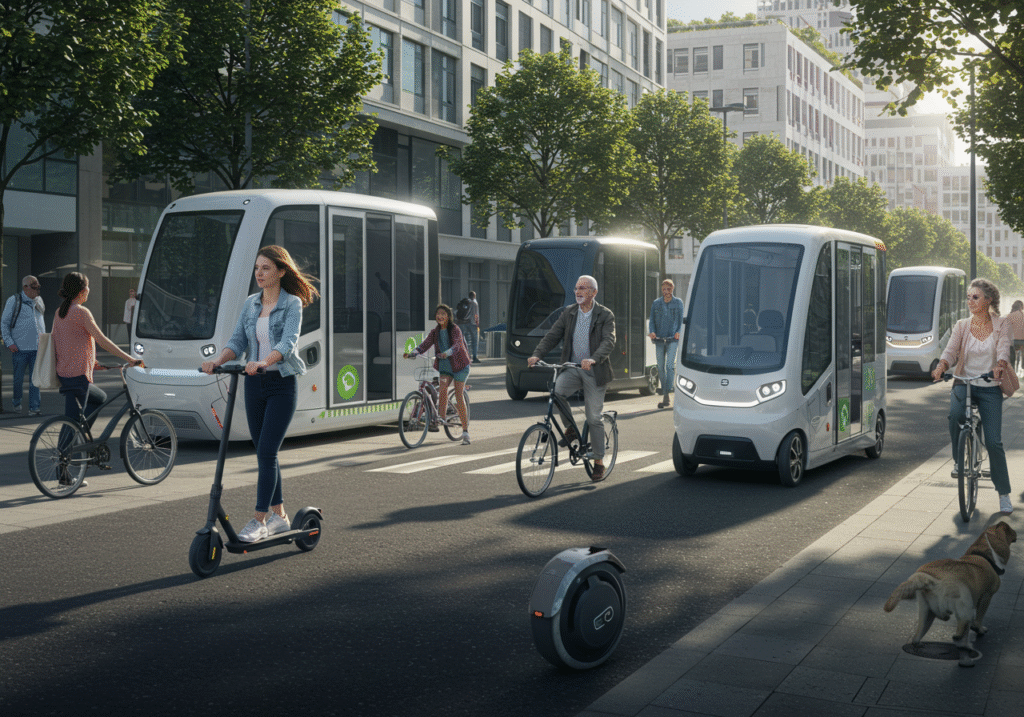
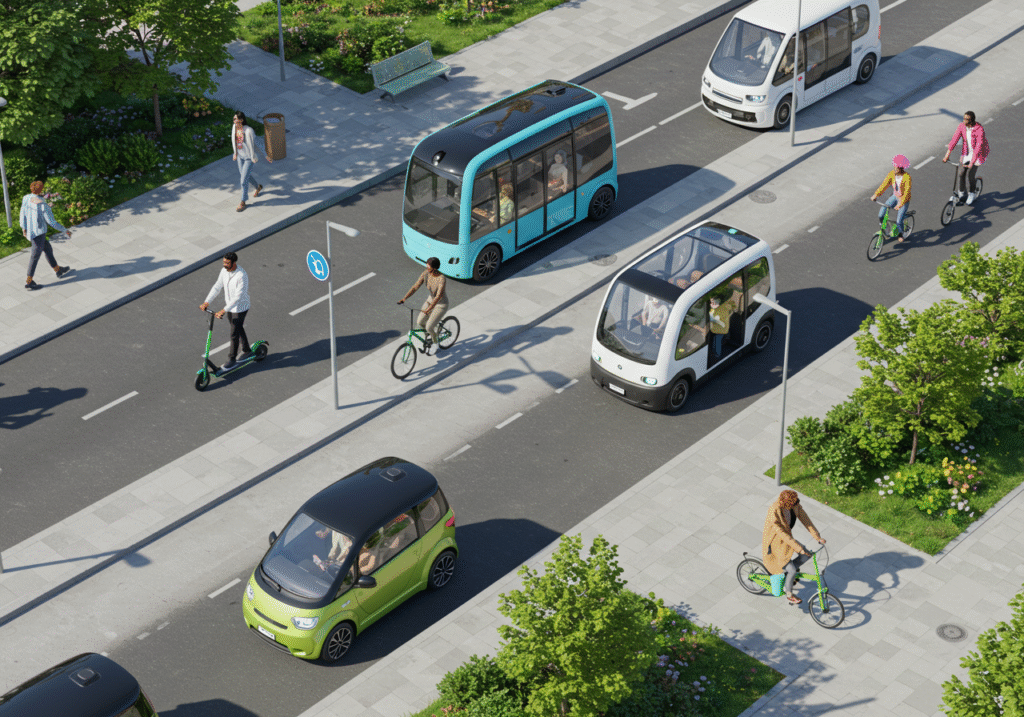

10. The Globalization of Innovation
For decades, the U.S., Germany, and Japan were the automotive heavyweights. In 2025, new players from China, India, and Southeast Asia are shaping global trends.
Examples:
- BYD and NIO exporting high-tech EVs worldwide
- Ola Electric and Tata Motors developing affordable EVs for emerging markets
- Vietnam’s VinFast expanding into Europe and North America
The Impact
This creates a more competitive, diverse market, spurring faster innovation, better pricing, and more choices for consumers globally.
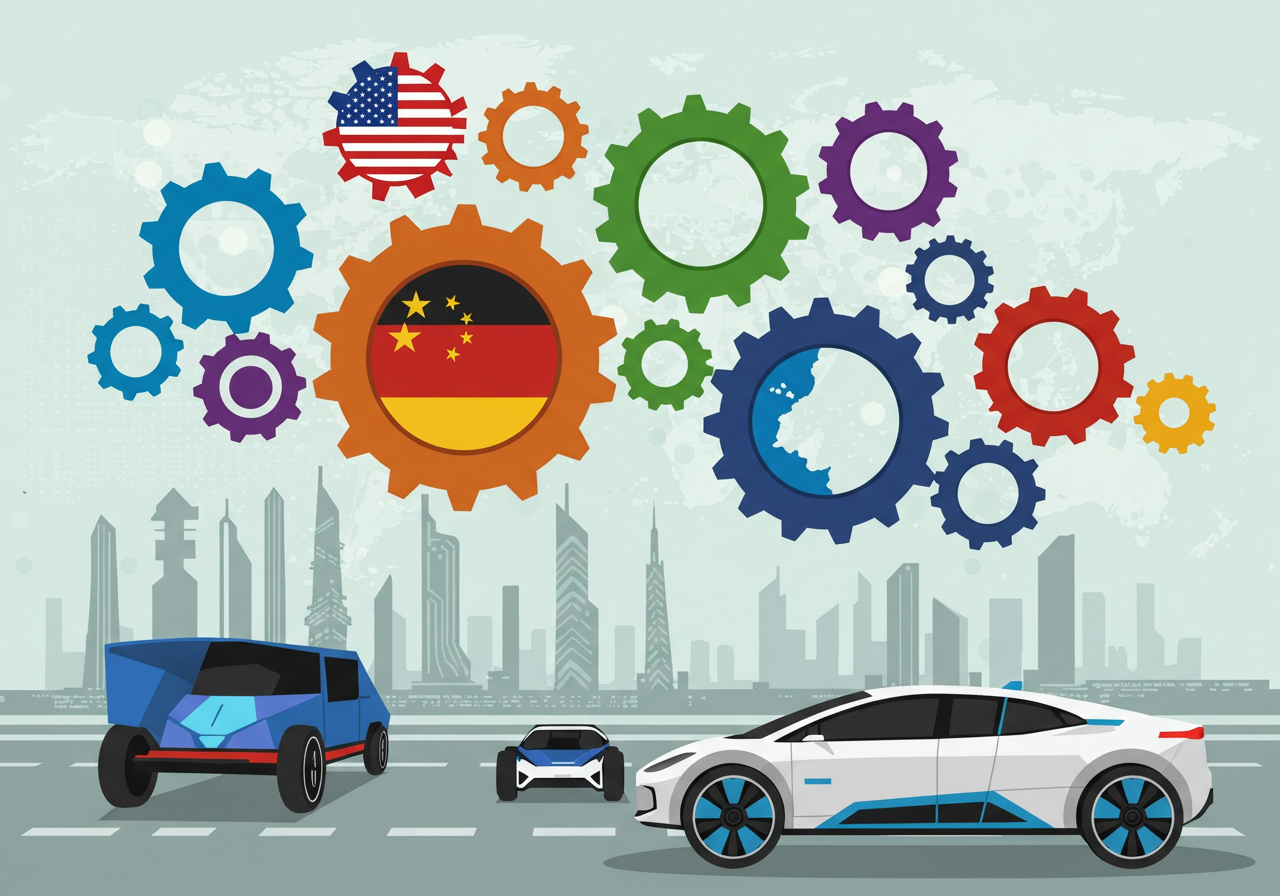
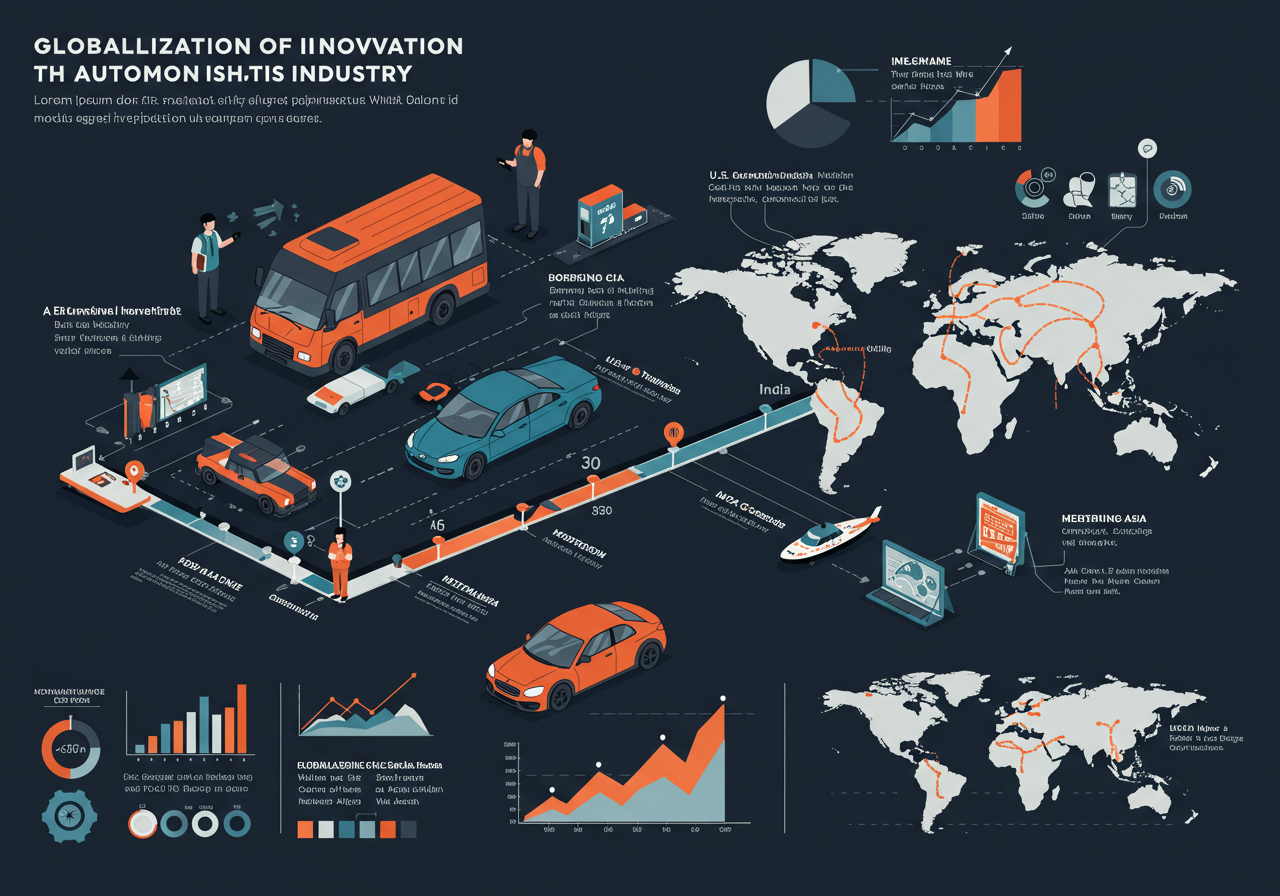
Final Thoughts: A Future Already in Motion
The vehicle of 2025 is more than a machine—it’s a rolling nexus of technology, sustainability, and personalization. Whether you’re commuting to work, embarking on a road trip, or letting your car drive itself through traffic, your relationship with transportation is evolving fast.
These trends—electrification, autonomy, digitalization, sustainability—aren’t just speculative. They’re already here, reshaping what we buy, how we drive, and what we expect from our vehicles.
In a decade’s time, we may look back on 2025 as the year that truly marked the transition from traditional automobiles to intelligent mobility ecosystems. The road ahead is electric, connected, and full of promise.
